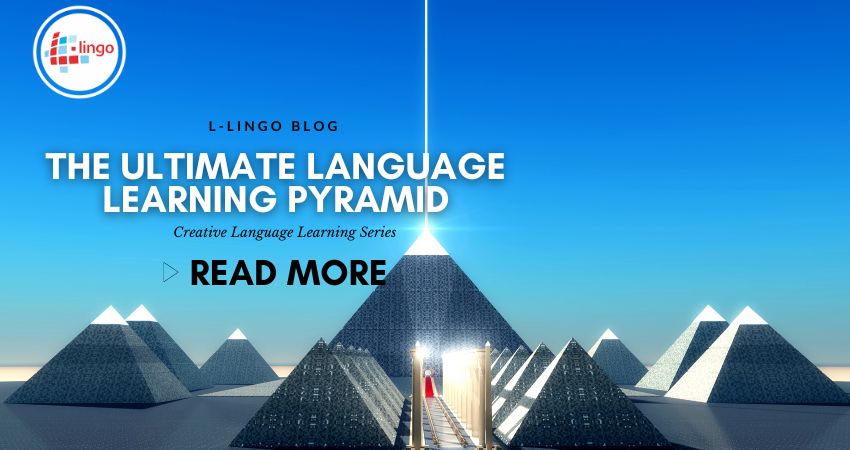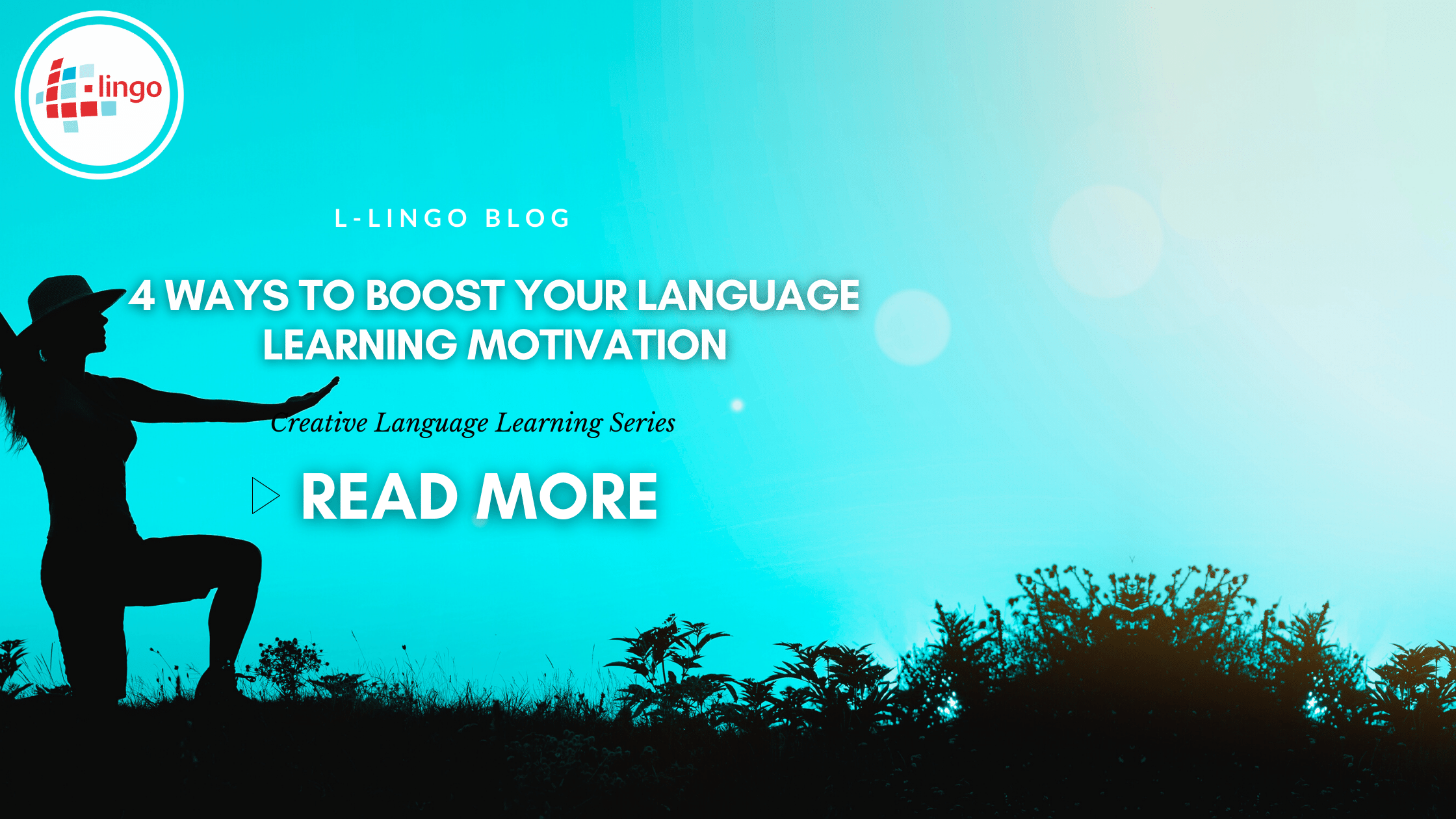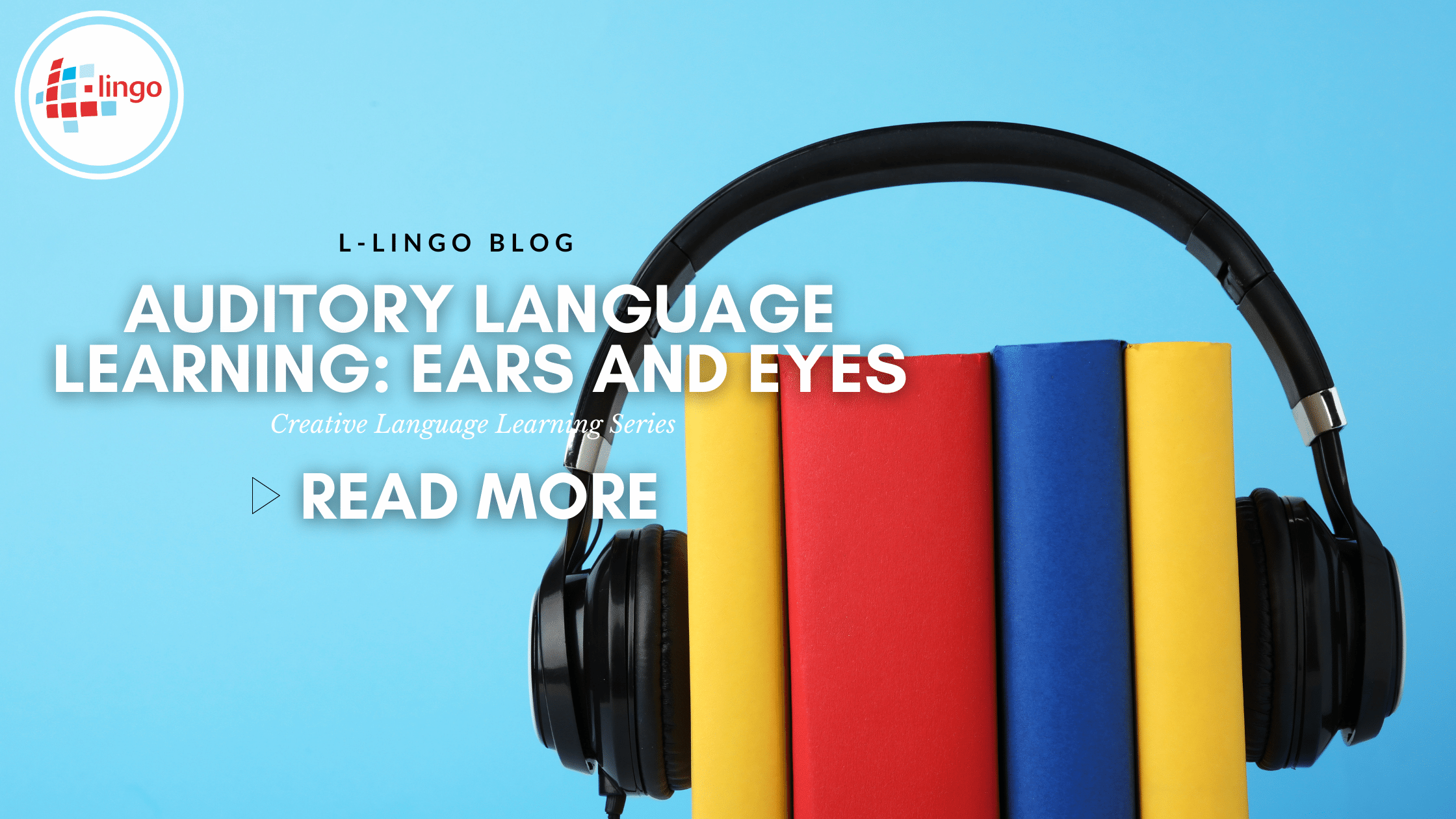The Ultimate Language Learning Pyramid is a metaphorical structure designed to give your language learning journey a kind of symmetry that benefits your overall progress.
This article will build the ultimate language learning pyramid while discussing its levels. The language learning pyramid has four levels, which are essential for language learning success. Here’s what you need to know about the ultimate language learning pyramid.
The Very Bottom of The Pyramid: A Good Dictionary – The Word Building Foundation
Words are the foundation of any language-learning journey. Without words, there is no communication, whether verbal or written. So, here is why you need a good dictionary to get those words. Nobody can learn all the words in any language, not even their native one. But having a dictionary brings us a step closer to that unobtainable goal. Oh… but not just any old dictionary will suffice. Oh, no, you need a dictionary targeted at language learners. These dictionaries often have extra features, like example sentences and usage notes. And they will also be organized in a way that makes them easy to use for language learners. For instance, they might be organized by topic instead of alphabetically, i.e. (weather, science, education, travel, colors, numbers, etc.)
Should I Use An Electronic Dictionary or a Paper Dictionary
This is a no-brainer. Use the electronic dictionary. Every piece of information you need to learn a language has been digitized in the modern world. Electric dictionaries give you a massive advantage in terms of efficiency and effectiveness. You can, of course, still use a paper dictionary but here’s why you might want to consider reading R.I.P Paper Dictionary to find out more.
The Second Level: A Good Grammar Book – Solidifying The Structure.
Okay, so you know when cement is in the odd stage between a liquid and a solid. Like it’s drying but not quite dry yet. This is where grammar in language learning comes in. You can know all the words in the world, but your communication will suffer if you can’t combine them to make a coherent sentence. Once you have a good dictionary, you’ll need a good grammar book. A grammar book will teach you the language rules and provide examples of how those rules are used in real life. Again, make sure to get a book specifically designed for language learners. These books are usually less dense and more user-friendly than traditional grammar books.
Now, I’m not saying traditional grammar books are bad. But, when learning grammar, the maximum focus is required, and it’s easier to maintain that focus when the information is presented in a low-density format. Grammar helps us to understand how language works and how to use it correctly. It also allows us to express ourselves more effectively and fluently. dd grammar to your pyramid and watch the cement harden around the bricks.
What if I Hate Grammar?
Okay, I do too. Here’s a confession… I don’t actively study grammar. Well, at least not anymore. When I was still a beginner in Japanese, I mainly studied vocabulary and grammar. After all, I was still at the second level of the pyramid. But, when my Japanese reached a certain stage, I found that I had acquired grammar more naturally when engaged in the language. I could hear certain words connected with others and match them up to the context in which they were being used. Having done this enough, both intentionally and unintentionally, the grammar just stuck to me at one point.
So if you hate studying grammar, bare with it for a little while, and when you’re comfortable with actively being a part of the language rather than just an observer, you can ditch the books and rely on Level 4 of the pyramid. (I don’t want to say what that is yet *spoiler*)
The Third Level of The Ultimate Language Learning Pyramid: A Good Language Learning Course
Once you have your dictionary and grammar book, it’s time to invest in a good language-learning course. There are many different courses out there, so make sure to do your research before settling on one. And don’t forget that there are many free courses available online! Some free course you can always check out is our own.
- L-Lingo Seven Days Language Learning Course: Visit this page for a list of languages we offer free lessons; some languages also include a seven-day language learning course. You can sign up for the course by entering your email when prompted. Once you enter your email, you’ll be sent daily emails with language-learning resources for your target language. These resources include phrase lists, grammar explanations, and frequently used vocabulary.

2. L-Lingo 14-Day Stay-At-Home Course: Stuck at home? Now’s the time to try the L-Lingo Stay At Home 14 Days Course. We’ve designed this course to include some of our most beneficial language-learning content. We not only focus on words, grammar and phrases but also teach you some awesome creative learning techniques you can use when stuck at home!
3. 5-Lesson L-Lingo Trial: Make an account at L-Lingo and try the first five lessons as a trial.

What To Look For In A Good Language Learning Course?
A good language learning course will help you progress from beginner to intermediate level quickly and easily. It will also introduce you to important topics like vocabulary building and pronunciation practice. On top of all this, a good language learning course should also discuss language learning topics to supplement your actual language learning. Things such as language techniques, motivation, and dilemmas experienced while learning will be a great help in your language learning journey.
Another feature of a good language learning course is affordability. Everybody doesn’t always have the same budget. However, understanding the value, you’re receiving from a course before purchasing is essential.
Are you purchasing a course with native audio? Does it have a sufficient number of topics that will keep the learner engaged? Can you speak with native speakers? Does it have a writing program? Naturally, not everyone searches for the same features in any given course. Yet, there should be some general points in any language learning course that gives your bang for your buck.
- Native Audio
- Accurate Translations
- Vocabulary From Frequently Used Vocabulary Lists
The Fourth Level: Immersion – The Top of The Ultimate Language Pyramid
The fourth level of the information pyramid is immersion. Immersion is when you surround yourself with the target language as much as possible. This can be done by listening to native speakers, reading native materials, or even living in a country where the target language is spoken. Immersion is the tippy top of the pyramid, and unlike the foundation, it takes the least effort. Think about it this way, up until the top of the pyramid; you’ve laid down hundreds, thousands, even millions of bricks. But now, since you’re finally at the top of the pyramid, you don’t need a bunch of bricks. Just a few or even one. Once you can learn from immersion effectively, you’re on cruise control.
Some people think immersion means that a person must either sink or swim in their learning journey, but it doesn’t have to be that way. There are many benefits to immersion in language learning.
Authentic Language: Remember when you built the foundation and mid-section of your pyramid? Your cement bond was held together by grammar, words, and fixed phrases. But now that you’re at the top, holding those few bricks together will require something different… – dare I say, authentic? Being in an immersive environment exposes us to slang and natural expressions and phrases we would not normally encounter in a textbook or language learning course. Why do you ask? Because you can’t teach immersion, it has to be experienced.
Immersion Is Fun: Immersion is more enjoyable than other language learning methods, as it allows learners to immerse themselves in the culture and the language. That’s the whole point of learning a new language, to explore a new part of the world both culturally and socially. Immersion is incredibly fun. Ever heard the phrase “Hard work pays off.”? Immersion is where you reap the fruits of the efforts for all those bricks you laid trying to build your pyramid.
What If I Can’t Immerse Myself In The Language?
True, immersion has to be experienced, not learned. Yet, there are some ways you can attempt to replicate an immersive experience.
- Set all of your devices to your target language.
- Only read books in your target language.
- Are you a student? Take your notes in your target language and then study them in that language (if you’re at that level)
- Watch movies and tv series in your target language – no subtitles.
- Cook recipes in your target language.
Immersion is the best way to learn a new language inside and out, but it’s not always possible for everyone. If you can’t immerse yourself in the target language, don’t worry—focus on the other three pyramid levels, and you’ll still make great progress!
Build Your Own Ultimate Language Learning Pyramid
While maintaining four levels, the ultimate language learning pyramid can be adjusted to however many levels you feel comfortable with. We all learn our target languages at a different paces, so don’t feel pressured if you believe yourself to be missing one or a few of these stages. Language learning is meant to be fun, and coming up with comparisons and metaphors to visualize your progress is one of many coping mechanisms we use to deal with the added stress.
So how about it? Try making your own language learning pyramid, and let us know what it would look like in the comments. You can have any number of levels you want, so long as these levels benefit the overall structure of your language learning journey.




